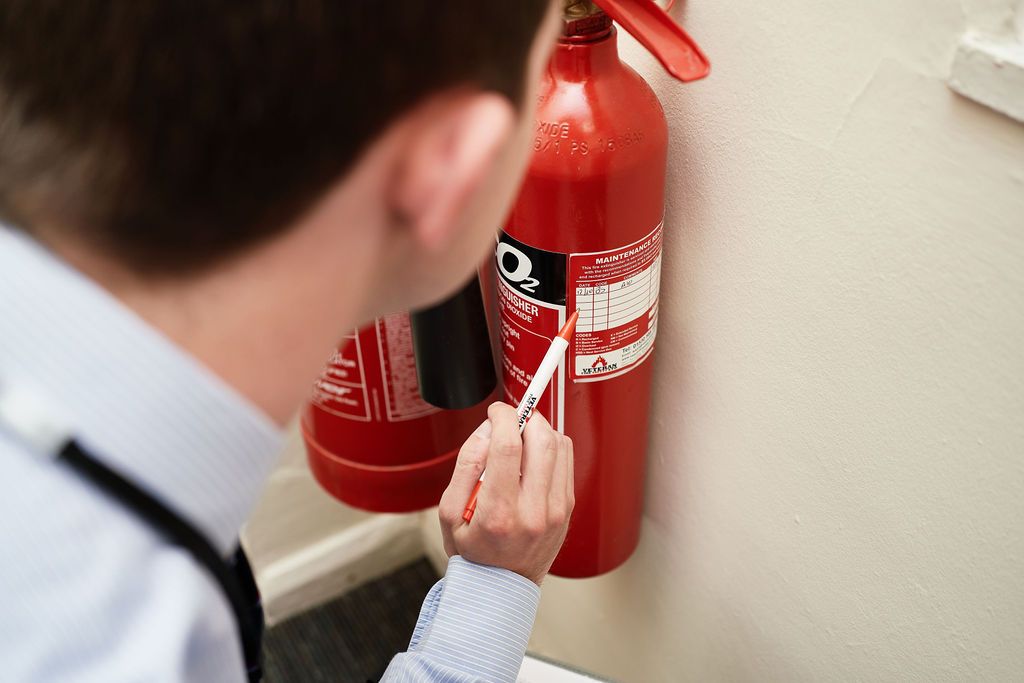
Veteran Fire Safety’s Fire Risk assessment approach is ideally suited to medium to high-risk businesses, or where there are not suitably qualified, trained, or experienced fire safety personnel within an organisation. All businesses (large and small) have the responsibility to carry out regular Fire Risk Assessments (FRA’s). If a business has 5 or more people working within a premises a written record of your Fire Risk Assessment must be kept. With our network of assessors, we are able to offer a comprehensive and consistent risk management service.
Veteran Fire Safety are proud to be a BAFE SP205 3rd party accredited company as a fire safety provider, certified to ensure quality and competence to help meet your fire safety obligations. We would always advise that you are using a competent provider by using a BAFE registered company.
In order to carry out a Fire Risk Assessment, we suggest following these five key steps:
Fire Hazards
Fire starts when heat (source of ignition) comes into contact with fuel (anything that burns), and oxygen (air). You need to keep sources of ignition and fuel apart.
How could a fire start?
Think about heaters, lighting, naked flames, electrical equipment, hot processes such as welding or grinding, cigarettes, matches and anything else that gets very hot or causes sparks.
What could burn?
Packaging, rubbish, and furniture could all burn, just like the more obvious fuels such as petrol, paint, varnish, and white spirit. Also think about wood, paper, plastic, rubber, and foam. Do the walls or ceilings have hardboard, chipboard, or polystyrene? Check outside, too.
People at Risk:
Everyone is at risk if there is a fire. Think whether the risk is greater for some because of when or where they work, such as night staff, or because they are not familiar with the premises, such as visitors or customers. Children, the elderly or disabled people are especially vulnerable.
Evaluate, and act:
First, think about what you have found in steps 1 and 2: what are the risks of a fire starting, and what are the risks to people in the building and nearby?
Remove and reduce risk.
How can you avoid accidental fires? Could a source of heat or sparks fall, be knocked, or pushed into something that would burn? Could that happen the other way round?
Protect
Take action to protect your premises and people from fire. Record, Plan and Train:
Keep a record of any fire hazards and what you have done to reduce or remove them. If your premises are small, a record is a good idea. If you have five or more staff or have a licence, then you must keep a record of what you have found and what you have done.
Plan:
You must have a clear plan of how to prevent fire and how you will keep people safe in case of fire. If you share a building with others, you need to coordinate your plan with them.
Train:
You need to make sure your staff know what to do in case of fire, and if necessary, are trained for their roles.
Review:
Keep your risk assessment under regular review. Over time, the risks may change. If you identify significant changes in risk or make any significant changes to your plan, you must tell others who share the premises and where appropriate, re-train staff.
Our Assessors will draw on employee knowledge to help make your workplace safer and more compliant with current legislation.
We would welcome a conversation around how we might help you with your FRA and help implement improvements that ensure everyone’s safety.